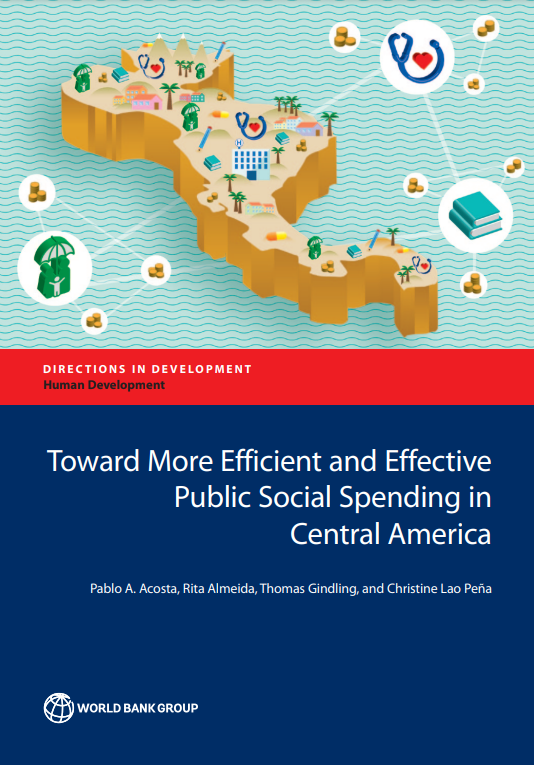Toward More Efficient and Effective Public Social Spending in Central America
Editorial: The World Bank Group
Licencia: Creative Commons (by)
Autor(es): Acosta, Pablo; [et al.]
Central America has come a long way both in terms of economic and political stability. Increasingly the region is focusing on implementing productivity-enhancing reforms as well as supporting reductions in poverty and inequality. This report analyzes recent trends in public social spending in Central America from 2007 to 2014, conducts international benchmarking, examines measures of the effectiveness and efficiency of social spending, and discusses the quality of selected institutions influencing this spending. We examine total social spending, as well as detailing its four components: public spending on the education, health, and social protection and labor (SPL) sectors. In analyzing public social spending, the report addresses three crucial policy issues: (a) how to improve the coverage and redistributional incidence of public social spending; (b) how to enhance the effectiveness and efficiency of public social spending; and (c) how to strengthen the institutions governing public spending in the social sector. While based heavily on a series of recent analytical social spending studies in six countries in the subregion—Costa Rica, El Salvador, Guatemala, Honduras, Nicaragua, and Panama—this report also takes a broader regional perspective and includes some comparisons to countries in other regions.
[Washington: 2017]
Compartir:
Una vez que el usuario haya visto al menos un documento, este fragmento será visible.


